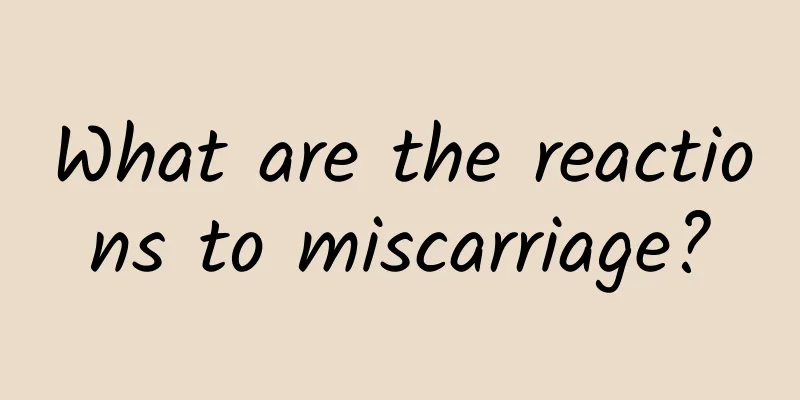What are the traditional Chinese medicines for treating pelvic effusion?

|
Pelvic effusion can be divided into physiological pelvic effusion and pathological pelvic effusion according to pathological factors. Physiological pelvic effusion often occurs after women ovulate or in early pregnancy, and can disappear naturally without treatment. So what are the traditional Chinese medicines for pelvic effusion? Since pelvic effusion is a common sign of chronic pelvic effusion, it is often caused by the failure to completely treat acute pelvic effusion, or the poor physical condition of the patient and the prolonged course of the disease. Therefore, the traditional Chinese medicine's view on pelvic effusion can be based on the traditional Chinese medicine signs of chronic pelvic effusion. Now let's take a look at the Chinese patent medicines for pelvic effusion: 1. Heat and toxicity type: (1) Qingkailing injection: intramuscular injection, 2-4 ml each time for adults, 1-2 times a day. Intravenous drip, 20-40 ml per day, diluted in 200 ml of 10% glucose injection or 100 ml of 0.9% sodium chloride injection. (2) Gynecological Qianjin Tablets: 4 tablets each time, twice a day, with warm water. 2. Damp-heat type (1) Golden Chicken Capsule: 4 capsules each time, 3 times a day, with warm water. (2) Gynecological leucorrhea-stopping tablets: 4-6 tablets each time, 2-3 times a day, with warm water after meals. (3) Longdan Xiegan Pills (tablets): Water pills for adults: 3-6g each time, 3 times a day, with warm water. This dose is 4-6 tablets each time, 3 times a day, with warm water. (4) Baidai Pills: Take 1 pill each time, twice a day, with warm water. 3. Damp-heat abdominal stagnation type: (1) Fuyan Kangfu Tablets: 6 tablets each time, 3 times a day, with warm water. (2) Huahong Granules: Take 1 bag each time, 2-3 times a day, with boiled water. 4. Blood stasis type: (1) Women’s Dysmenorrhea Pills: 9g each time, twice a day, with warm water. (2) Guizhi Fuling Pills: Take 1 pill each time, 3 times a day, with warm water. (3) Huoxue Zhitong San: 1.5-3g each time, twice a day, with warm water. 5. Chong and Ren meridians are cold and weak: (1) Zhidai Pills: 3-6g each time, 2-3 times a day, with warm water. (2) Gynecological White-Diarrhea Pills: 3g each time, 3 times a day, with warm water. (3) Kunling Pills: Take 15 pills each time, twice a day, with warm water. The above are the medications for treating pelvic effusion. There are many types, and the principle of medication is to choose according to the condition and use it under the guidance of a doctor. |
<<: How to check for pelvic effusion
>>: What is the best way to treat pelvic effusion?
Recommend
Why do I still have uterine fibroids after menopause? Why do I still have uterine fibroids after menopause?
Why do I always have uterine fibroids after menop...
What are the treatments for irregular menstruation?
What are the methods to regulate irregular menstr...
How to check for cervical warts
People are now paying more and more attention to ...
How many days do you usually rest after an abortion?
After an abortion, you generally need to rest for...
A must-have for weight loss! Eat these snacks without getting fat, banana yogurt is the best choice
For many girls, snacks are a big temptation and a...
What are the dangers of ovarian cysts to women?
Among female diseases, ovarian cysts are probably...
Vaginitis should be detected and treated early to prevent recurrence
Vaginitis is a common gynecological disease that ...
What are the factors that cause vulvar leukoplakia?
What are the factors that induce vulvar leukoplak...
How to treat premature ovarian failure
Premature ovarian failure can be treated through ...
What to do with irregular menstruation? 10 ways to treat irregular menstruation
What should I do if I have irregular menstruation...
Understand pelvic inflammatory disease and its symptoms
Some women may also experience increased menstrua...
What are the hazards of Bartholin's gland cyst?
What harm does a Bartholin's gland cyst cause...
Can chocolate cysts still ovulate?
Can chocolate cysts still ovulate? Chocolate cyst...
What methods can effectively treat cervical erosion? 5 methods are most effective in treating cervical erosion
What are the treatments for female cervical erosi...
Have you ever heard of ovarian chocolate cyst?
Have you ever heard of ovarian chocolate cyst? Do...









